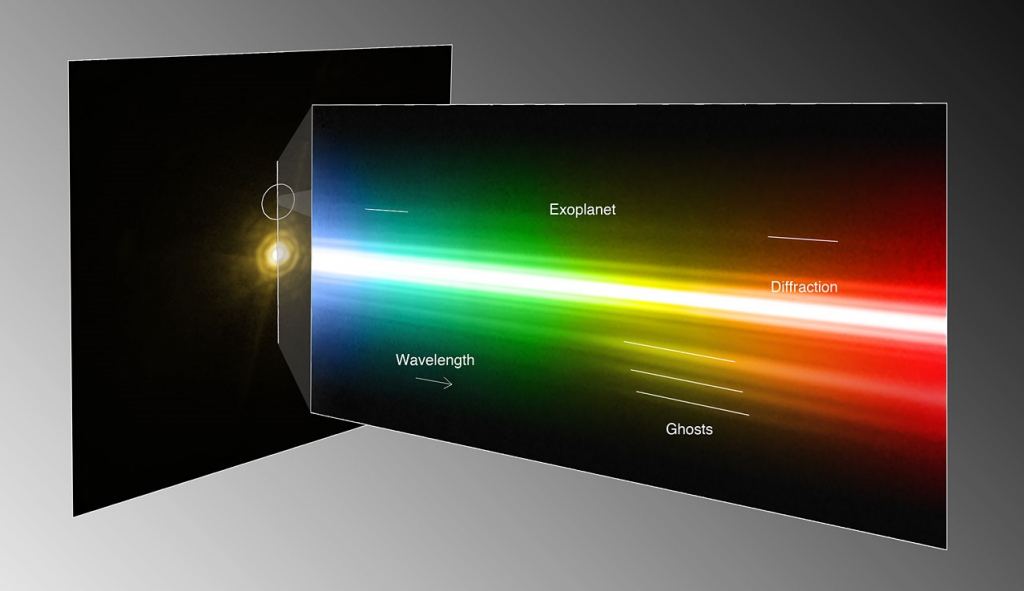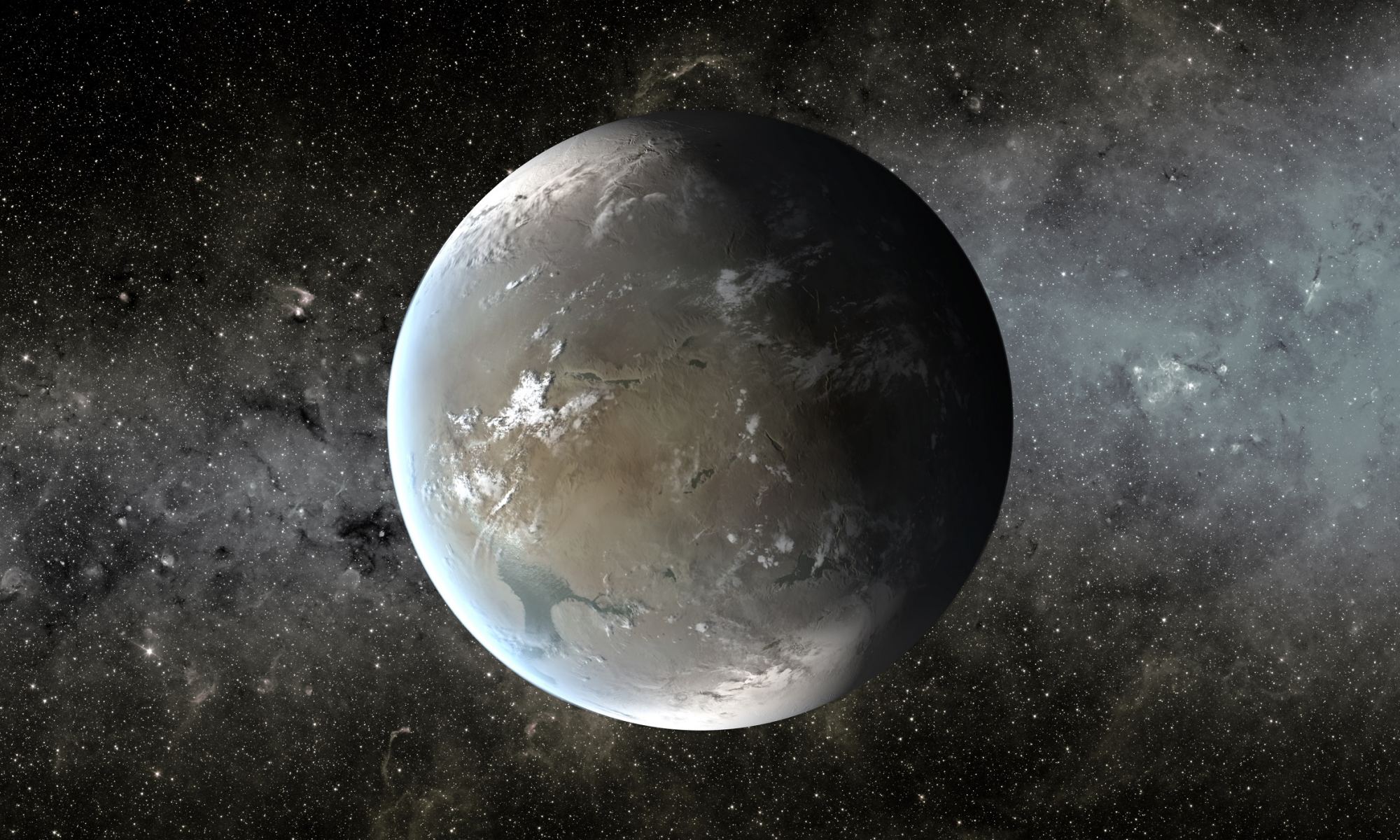In the past few decades, astronomers have confirmed the existence of thousands of planets beyond our Solar System. Over time, the process has shifted from discovery to characterization in the hopes of finding which of these planets are capable of supporting life. For the time being, these methods are indirect in nature, which means that astronomers can only infer if a planet is inhabitable based on how closely it resembles Earth.
To aid in the hunt for “potentially habitable” exoplanets, a team of Cornell researchers recently created five models that represent key points in Earth’s evolution. These “snapshots” of what Earth looked like during various geological epochs could greatly enhance the search for extra-terrestrial life by providing a more complete picture of what a life-bearing planet could look like.
The study, which recently appeared in the Astrophysical Journal Letters, was led by Lisa Kaltenegger – an associate professor of astronomy at Cornell University and the director of the Carl Sagan Institute (CSI). Using previous geological epochs as a guideline, Kaltenegger and her team developed spectral templates that will assist next-generation telescopes in the hunt for “Earth-like” planets.

These include the James Webb Space Telescope (JWST) and the Wide-Field Infrared Space Telescope (WFIRST), which will deploy to space in 2021 and 2024, respectively. As Kaltenegger explained in a recent CSI press release:
“These new generation of space- and ground-based telescopes coupled with our models will allow us to identify planets like our Earth out to about 50 to 100 light-years away.”
“Using our own Earth as the key, we modeled five distinct Earth epochs to provide a template for how we can characterize a potential exo-Earth – from a young, prebiotic Earth to our modern world. The models also allow us to explore at what point in Earth’s evolution a distant observer could identify life on the universe’s ‘pale blue dots’ and other worlds like them.”
To break it all down, astronomers are currently limited to looking for planets that resemble Earth, mainly because Earth is the only known planet that supports life. However, the conditions that we see on Earth today are merely one snapshot of what our planet has looked like over time. In the past, Earth’s geology and atmosphere were vastly different, which played a vital role in the evolution of terrestrial life.

For the sake of their study, Kaltenegger and her team created atmospheric models that match what Earth looked like 3.9 billion years ago. This “prebiotic Earth” had an atmosphere that was composed largely of carbon dioxide. A second model, “anoxic Earth”, depicts how our planet looked 3.5 billion years ago when the atmosphere was free of oxygen.
Three other models reveal the transition Earth made to the present, which included the rise of photosynthetic organisms (ca. 3.5 billion years ago) and the “Great Oxygenation Event” (ca. 2.4 to 2 billion years ago). During these epochs, oxygen in our atmosphere gradually rose from a concentration of 0.2% concentration to modern-day levels of 21%. As Kaltenegger said:
“Our Earth and the air we breathe have changed drastically since Earth formed 4.5 billion years ago, and for the first time, this paper addresses how astronomers trying to find worlds like ours, could spot young to modern Earth-like planets in transit, using our own Earth’s history as a template.”
While it remains unknown exactly when Earth achieved an atmosphere with abundant oxygen, these models provide a framework for what atmospheric features were present on Earth billions of years ago. Based on these templates, exoplanets that have atmospheric levels of less than 1% oxygen are likely to show signs of emerging biology, ozone, and methane.

In addition to space telescopes like the JWST and WFIRST, ground-based telescopes like the ESO’s Extremely Large Telescope (ELT), the Thirty Meter Telescope (TMT) and the Giant Magellan Telescope (GMT). With their high-sensitivity and adaptive optics, these telescopes will able to conduct direct imaging surveys of distant exoplanets and characterize their atmospheres.
With these instruments, astronomers will be able to watch as smaller, rocky exoplanets with tighter orbits (aka. “Earth-like” planets) as they transit in front of their host stars (what is known as the Transit Method). As this happens, sunlight will pass through their atmospheres and produce spectra that astronomers will use to determine what chemicals are present.
“Once the exoplanet transits and blocks out part of its host star, we can decipher its atmospheric spectral signatures,” said Kaltenegger. “Using Earth’s geologic history as a key, we can more easily spot the chemical signs of life on the distant exoplanets.”
If Earth’s geological history is any indication, planets that are capable of supporting through life go through some serious transitions, in part because the emergence of life affects the planet’s evolution. In this respect, qualifiers like “Earth-like” and “potentially-habitable” have a temporal dimension, involving a range of conditions over time.
Further Reading: Cornell University, The Astrophysical Journal Letters

